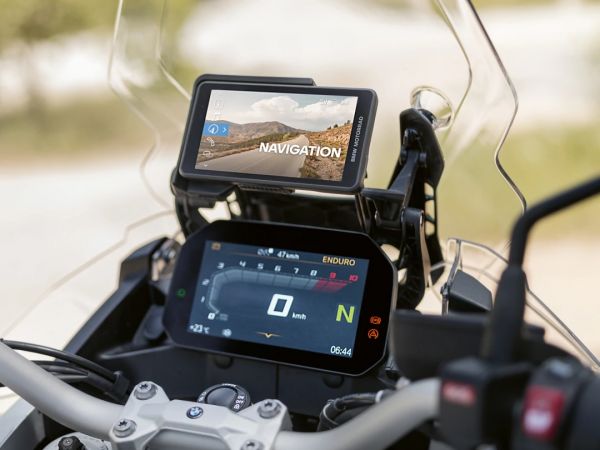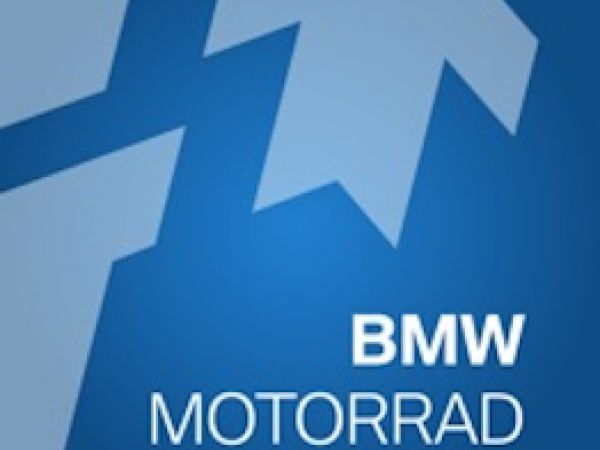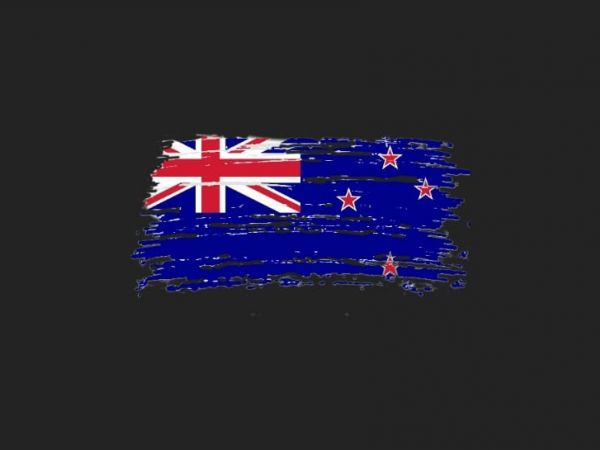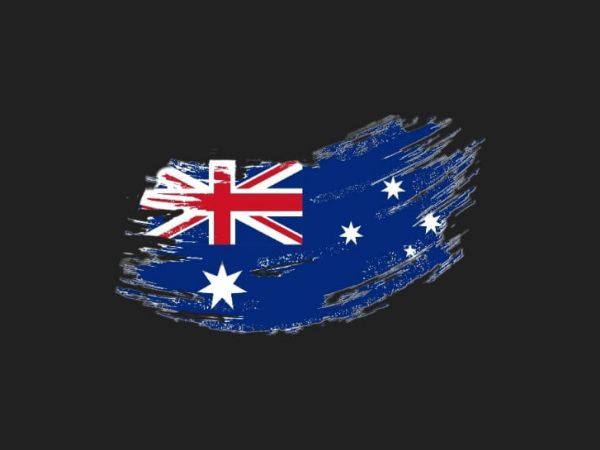Traffic regulations in Europe - Serbia
Traffic regulations in Europe - Serbia
Category: Traffic regulations in Europe
What should be considered on a motorcycle tour to or through Serbia? What documents do you need to bring with you? MotoGS WorldTours and MotoGS Rental provide you with answers to your most important questions.
Errors and omissions excepted - all information without guarantee.
Basics:
Although Serbia is a candidate for accession to the EU, it is not yet a member state of the EU. Therefore, certain requirements must be met and certain information must be observed when entering Serbia.
The EUR is not approved as an official means of payment in Serbia. The national currency in Serbia is the dinar (RSD). The most common credit cards and bank cards (Maestro) are also often accepted.
You can pay in cash at all toll stations. The euro is accepted at the tollbooths, but change is given in the local currency, dinar. Whether, for example, the USD is also accepted is not known.
A visa is generally required, except for citizens of the following countries for stays of up to 90 days:
- all EU countries and Switzerland,
- Turkey.
Pay Attention:
Stays in Kosovo count towards a visa-free stay of 90 days.
An identity card is sufficient for a tourist stay for EU citizens of up to 90 days. A passport or temporary passport is of course always more appropriate. Of course, non-EU citizens must carry a passport. As a rule, non-EU citizens can also enter Serbia without a visa. However, this also depends on your country of origin. Therefore, it makes sense for non-EU citizens to find out about the entry requirements for Serbia on the following website "VisaHQ". This is for your own safety.
All personal documents must be valid for at least 3 months upon departure.
All foreigners must register with the police at their place of residence within 24 hours. Accommodation establishments usually do this for their guests.
Vehicle papers and other necessary documents:
The vehicle registration document or the registration certificate part I is mandatory.
The IVK - International Insurance Card (formerly Green Card, including SRB) is proof of liability insurance and is also mandatory.
The EU driver's license is accepted in Serbia, so no international driver's license needs to be carried along as well. For non-EU citizens, an international driving license is required in addition to the national driving license of the country of origin.
With a rented motorcycle to or through Serbia:
Basically not a problem, but riders who ride to or through Serbia with a vehicle that is not registered in their name must have a usage permit from their rental company with them to be on the safe side. You can also download this usage permit as a template from this link.
The legal driving age for general motor vehicles in Serbia is 18, but you must be at least 21 years old and have at least two years of driving experience to rent a motorcycle or car.
As a rule, the local rental stations require a minimum age of 21 or even 23 years. Young rider surcharges are often required from riders under the age of 23.
Health insurance:
In principle, all travelers to Serbia or to the Balkan countries in general, regardless of their country of origin, should take out international health insurance. This can also be done easily here via Global Rescue. Surely this type of insurance protection is a bit more expensive than other providers. However, as the name suggests, this type of coverage is built on Rescue. Therefore not comparable. However, this should not be understood as advertising, it is a simple recommendation.
Helmet obligation:
Helmets are compulsory! Only helmets that comply with ECE standard 22 are permitted.
First aid kit / warning vests:
Carrying a high-visibility vest is not mandatory. However, it is mandatory to carry bandages in dustproof packaging. It is also always advisable to have safety vests, a motorcycle warning triangle and a small warning light with you, just in case.
Lighting:
Outside of built-up areas, dipped headlights (or alternatively daytime running lights) must be used all year round during the day. This regulation also applies to journeys within towns.
Carrying a spare bulb set is recommended. Excluded are motorcycles equipped with LED lights.
Speed limits in Serbia:
In urban areas: 50 km/h
Out of town: 80 km/h
Expressways: 100 km/h
Motorways: 120 km/h
Alcohol limit:
The general traffic rules of Serbia also determine how much blood alcohol in the blood riders are still allowed to ride a motorcycle. The blood alcohol limit is normally 0.3‰. However, for motorcyclists, the limit is 0.0‰. There is nothing to discuss there either. Alcohol on the road for motorcyclists is strictly forbidden.
Penalty from 0.0‰: Fine from EUR 45 to EUR 1,026.
Penalty from 0.5‰: Additional driving ban by car and ridibg ban by motorcycle and possible confiscation of the driver's license.
Penalty from 2.0‰: The fine is determined by the court, imprisonment is possible.
Environmental zone:
A restriction on the use of motor vehicles of any kind by a possible environmental zone is not known and, according to official information, is not planned in the future.
Tired of tolls on motorways, tunnels and bridges:
The passage of all motorways and several expressways that lead across Serbia are subject to tolls.
There are currently about 660 kilometers of highways and about 260 kilometers of highways that are currently under construction. The planned motorway network for the future is around 1100 kilometers. The most important and longest motorway connection is the north-south connection, the A1. Other important connections are the west-east connections A3, A4 and A5 as well as another north-south connection, the A2.
The infrastructure is gradually being expanded in Serbia. Motorway construction in Serbia is being promoted primarily to support economic development. In the medium term, Serbia wants to have the densest motorway network in south-eastern Europe after Croatia.
On toll roads, all motor vehicles using the roads, including motorcycles, quads and trikes, are subject to toll payment. Fees can be paid at tollbooths using most major payment cards, cash in local currency and often in Euros. But as already mentioned, if you pay the toll fee in cash in foreign currency, you will only get change back in local currency.
You will find a classic toll system on Serbian motorways. There are no vignettes in Serbia. You take a ticket at each motorway entrance and have to show it when leaving the motorway at the exit counter and pay the respective amount.
Note that there are different lines when exiting the motorway or dual carriageway. So get in the lane that accepts your preferred payment method.
There are routes that cost over EUR 20 per 100 km. It is therefore recommended that you inform yourself extensively before your tour. Or even better, real motorcyclists avoid motorways and expressways, especially if they also have tolls.
Correct behavior in the event of an accident or breakdown:
In some countries, including Serbia, it is important to call the police even in the case of "minor damage", because the police protocol is the basis for the settlement of the damage. Vehicles with noticeable body damage may only leave the country with a police confirmation of damage.
It is therefore highly advisable to prepare the "European Accident Report" damage report.
Existing accident damage should be declared upon entry at the border in order to be protected from unpleasant surprises when leaving the country.
Fines – Peculiarities in Serbian traffic:
- Violations of traffic regulations can result in high fines or even imprisonment, depending on the severity of the violation.
- When overtaking, the signal must be used throughout the process. Column jumping is prohibited and this also applies to motorcyclists.
- Radar warning devices, the use and carrying of radar warning devices that are ready for use is prohibited. Navigation systems with POI function are allowed.
- Dashcam, allowed (the dashcam should only have a low resolution, data that is not required should be deleted after five days and protected against access by unauthorized third parties).
- Buses, especially school or children's buses, must not be passed when they stop to get on or off. Tempo 30 applies without restriction in front of schools.
- Children up to the age of 12 are not allowed on motorbikes as a pillion.
- If rubbish is simply thrown onto the street during a stopover, a fine of around EUR 50 can be expected.
- Riders who refuse to be drug tested can be arrested.
- Motorbikes should not be left unattended, especially at night. It is best to only book accommodation that also offers you a secure parking space for your motorcycle. In no case should travel documents, valuables and other luggage be left in the motorcycle cases of parked vehicles.
The general recommendation is not to travel alone.
Emergency numbers in Serbia:
The emergency numbers are 94 and 112
As of 07/06/2023

TAGS
global rescue european accident report environmental zone serbia emergency numbers in serbia are 94 and 112Share Your Thoughts
Share your experiences, questions, or suggestions!
Comments from Fellow Riders
Nobody has commented yet – your thoughts?
Blog categories
Moto Tours

* Balkan-Italy Adventure Tour
Approx. 2340 miles!
14 riding days through 5 countries!
15 overnight stays + 2 overnight stays on a ferry!

* Balkan-Carpathians-Albanian Alps Tour 2
Approx. 3138 miles!
21 riding days through 7 countries!
26 overnight stays!

* Balkan-Romania Adventure Tour
Approx. 2220 miles!
11 riding days through 5 countries!
12 overnight stays!

* Balkan-Carpathians-Albanian Alps Tour 1
Approx. 2520 miles!
15 riding days through 7 countries!
18 overnight stays!

* Croatia-Italy-France Adventure Tour
Approx. 1990 miles!
15 riding days through 4 countries!
17 overnight stays + 1 overnight stay on a ferry!

* Croatia-Sicily-Amalfi Coast Tour
Approx. 2730 miles!
18 riding days through 3 countries + Sicily!
20 overnight stays + 1 overnight stay on a ferry!

* New Zealand Adventure Tour
Approx. 4133 miles!
20 riding days through the South and North Island!
24 overnight stays + 1 overnight stay on a cruise!

Croatia - Route des Grandes Alpes, July 2025
2 Americans - 1 boy and 1 girl, 1 motorcycle - a BMW R1250GS, one motorcycle tour and one goal ...

Balkans - Romania Tour, June 2025
At the end of June 2025, the time had finally come. Between June 23 and June 25, all participants in this tour gradually arrived in Trogir.

Balkans - Italy Tour, May 2025
Together we covered about 3700 km, crossing the Adriatic twice, from Durrës to Bari and from Ancona to Split.

Money protection in the event of insolvency
Money Protection Certificate according to § 651r and § 651w of the Civil Code of the Federal Republic of Germany ...

Packing list for a motorcycle tour
Pack your things and get going...

Travel planning and navigation
The next vacation is just around the corner, hopefully, and you've decided to finally ...

Riding a motorcycle in a group or alone?
Riding a motorcycle in a group or riding alone? Are you worried about safety, contact with other people ...

The International Driving Permit
Understanding the International Driving Permit (IDP). A Key to Smooth Overseas Riding for ...

BMW Motorcycle ConnectedRide Navigator
The new BMW Motorcycle ConnectedRide Navigator ...

BMW-ConnectedRide Cradle and Connected App
Riders of new BMW models have several options for using information and entertainment ...

Traffic regulations in Oceania - New Zealand
What should be considered on a motorcycle tour through New Zealand?

Traffic regulations in Oceania - Australia
What should be considered on a motorcycle tour through Australia?

